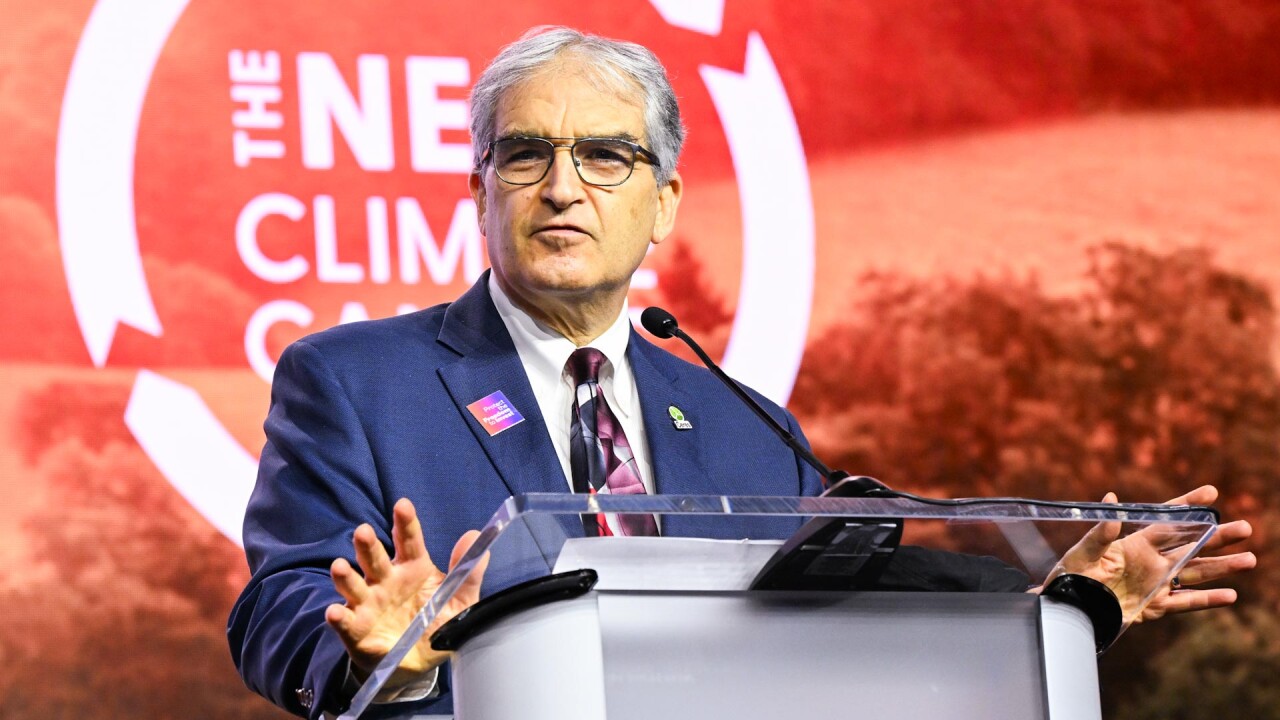The effects of COVID-19 have pummeled state and local economies, wreaking havoc on state and municipal governments’ expectations for revenue collections, expenditure levels, fund balances and multiyear financial plans, with no end in sight.
I do not need to recount for you the extreme reaction in the bond market in late March when variable rates soared and there were virtually no buyers.
To its credit, the Federal Reserve moved quickly to create and unveil the Municipal Liquidity Facility (MLF), ostensibly throwing a lifeline to issuers across the country.
While this tool helped to rebuild investor confidence in the bond market at a critical juncture, few governmental entities have actually utilized the facility, underscoring the parochial and idiosyncratic nature of what constitutes allowable borrowing for local governments across the United States.
While the facility was targeted to assist governments in a time of great need, many entities were prevented from taking advantage of the MLF even if they wished to because of unique and varied constitutional and statutory limitations, including, for example, prohibitions on working capital loans and limits on the maturity dates of tax and revenue anticipation notes.
While states’ rights of self-determination are a beautiful thing in theory, in practice, in a time of unprecedented economic damage, the patchwork quilt nature of various states’ borrowing laws served to make the benefits of a “one size fits all” federal borrowing fix nearly impossible to achieve.
In the early days of the pandemic, as I reviewed the hurdles to implementing the MLF for various clients and thought about other now retired tools of the trade that could be of potentially more immediate benefit, I remembered back to my days as a Girl Scout. Yes, I was a Girl Scout, and in hindsight, the lessons in ingenuity, loyalty and map reading were actually perfect training for life as a bond lawyer.
We often used to sing a song that went something like this: “Make new friends and keep the old, one is silver and the other gold.”
Funny how some things stay with you.
My point? I see the MLF as an important “new friend,” one that will undoubtedly be of help to some governments as they wade through this economic morass.
Moreover, the MLF let the market know the Fed was paying attention to the bond market at a critical time and would backstop the needs of issuers if necessary.
Unfortunately, like any new friendship, the MLF apparatus was accompanied by a steep learning curve and other “firsts” that come along with any novel relationship. So where are the old friends? We need those too, especially in times of trouble, and we need them now.
As an industry, we must speak persuasively with one voice and impress upon the administration and Congress that there is no substitute for the golden, reliable friends of our industry’s past.
We must quickly reinstate advance refundings and direct pay taxable bonds with increased subsidy levels, to name just a few examples. We know these faithful pals inside and out.
If issuers and the communities they serve are to survive and thrive in the wake of unprecedented economic challenges, no one can afford to pick one set of friends over another.
It’s time to get the old gang together.
Silver and gold, we need them both.





